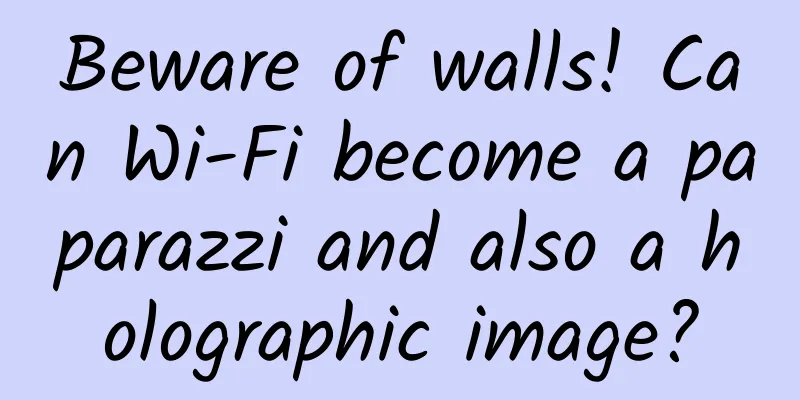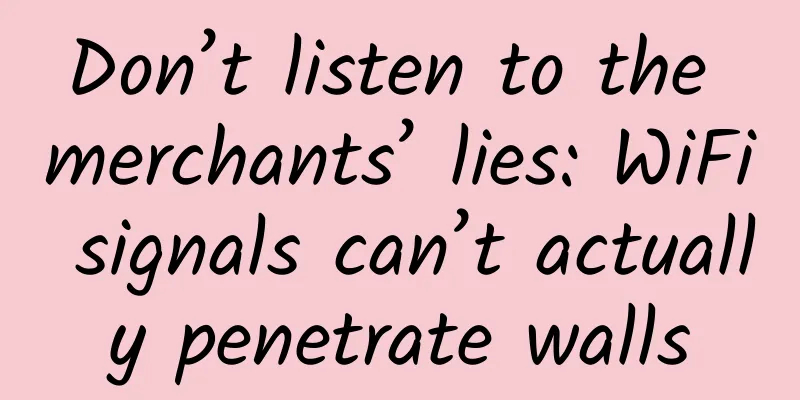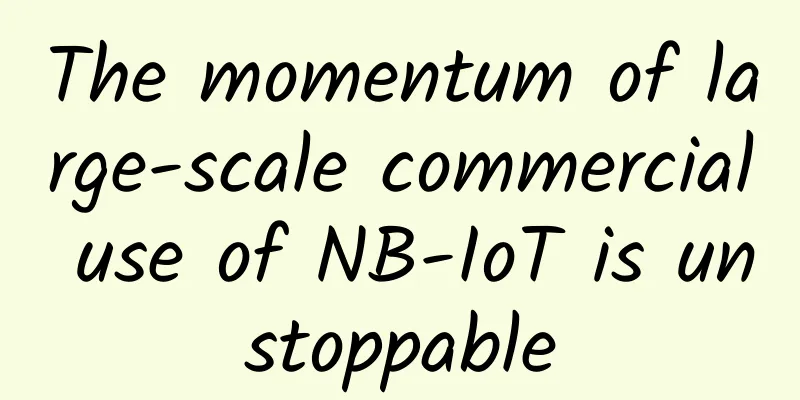Beware of walls! Can Wi-Fi become a paparazzi and also a holographic image?

|
In the wilderness, two nimble figures move left and right. The one running in front is a fleeing wild deer, and behind it is a hungry cheetah. The wild deer cannot decide whether to become a delicious dinner or escape, just because it is not hidden well enough, it will become a meal. Privacy is very important, at least in the wild nature. Sometimes there is only one chance to survive, and there is no regret. Once the whereabouts are exposed, everything will be lost. From the most primitive perspective, hiding is an instinct to avoid predators, and people's interest in seeing through camouflage and defense has never diminished. Perhaps driven by the instinct hidden in the blood, perspective ability always ranks at the top of the list of super powers that people want to have. Some time ago, the editor found that the Technical University of Munich published a paper in which their researchers developed a technology that uses Wi-Fi signals to generate a three-dimensional hologram of the surrounding environment.
This means that the Wi-Fi at home may become a more secretive peeping device, and it is even better than the hacker's camera peeping. After all, Wi-Fi holography means a 360-degree God's perspective without blind spots. Once upon a time, Facebook founder Zuckerberg used the "homemade method" of physical isolation to prevent hacker intrusion.
However, once Wi-Fi holography is realized
According to the editor, the exploration of using Wi-Fi signals for similar "positioning" has never stopped. As early as a few years ago, there was a similar technology. In 2013, researchers at the Massachusetts Institute of Technology developed a technology that uses Wi-Fi signals to observe people's movements through walls. Not only that, this technology can also create a "contour fingerprint" for each person, breaking through the technical difficulty of distinguishing specific people through walls.
The team used a device called RF Capture to send wireless signals. When the wireless radiation passes through the wall and encounters the human body, the signal will be reflected back. At this time, RF Capture will analyze the received information and draw different contour fingerprints, which is very similar to the principle of radar and sonar imaging. According to the team, the amount of radiation emitted is very small, about one-tenth of the radiation of a mobile phone. However, the research from the Technical University of Munich has taken this research a step further. What is the effect of using Wi-Fi signals to generate holograms?
Inspiration may sometimes be just the product of thinking about a problem from a different perspective. Friedemann Reinhard, a researcher at the Technical University of Munich, said that this idea came to him during lunch. He just wanted to know what the world would look like from the perspective of Wi-Fi signals. So Wi-Fi holography was born. After all, sometimes the most silent thing is not the spring rain, but the Wi-Fi signal. In an age where not having Wi-Fi can make people feel uneasy at best and mentally ill at worst, Wi-Fi's "penetration" ability is much more reliable than spring rain. The Wi-Fi signal emitted by the router can be used to generate a hologram of the surrounding environment. “This technology is like seeing the world from a Wi-Fi perspective” Friedemann Reinhard said. To perform a holographic scan, you need two antennas and an oscilloscope. One of the two antennas is fixed in one place as a reference, and the other is a movable scanning antenna, both of which are connected to the oscilloscope. In fact, the Wi-Fi hologram system captures the distortion that occurs when microwaves reflect off an object. By tracking this distortion information, physicists move the scanning antenna point by point and draw a hologram by comparing the readings of the two Wi-Fi receivers when the fixed antenna and the scanning antenna move on the virtual screen. In principle, the hologram encodes the image of any object in the room. However, it must be mentioned that the technology is still in its infancy, and it is not realistic to expect to use it to monitor the entire building. Even if it can be done in theory, the cost is too high. There are two problems:
However, researcher Philipp Holl added: There is a way to optimize the mobile antenna problem. Once the method is found, Wi-Fi holograms will have higher resolution. To put it bluntly, once the technical barriers of mobile antennas are solved, holograms will be clearer and more powerful. This Wi-Fi holographic technology may have a wide range of applications in the future, including embedding microwave image data into camera images to easily track lost items. Imagine small objects such as keys that are easy to forget. In a Wi-Fi environment, you only need to take a photo of your home and you will see the lost object lying quietly under the bed. In the future, this technology can be integrated with smart homes, allowing users to operate lights and TVs through gestures, or use this technology to adjust heating by monitoring the user's position in the room. Even given the ability of Wi-Fi signals to penetrate walls, in disaster-like first aid such as earthquakes, it can be used to find survivors under collapsed buildings... As far as the editor of Leifeng.com's Home Channel (letshome) personally guesses, in the future, Wi-Fi may be used more for positioning.
In this increasingly transparent world, it is too difficult to defend privacy. The increasing maturity of Wi-Fi holographic technology may inevitably make people feel that their privacy is difficult to protect. But the truth is not absolute. Human progress stems from curiosity and exploration. We are like travelers walking in the desert to explore the unknown. There are shadows under the sun, and the shadows come from people, not the sun.
|
>>: New wireless broadband technologies in the 5G era
Recommend
Wired vs Wi-Fi: Which is Best?
The term Ethernet refers to a wired connection th...
By 2027, the global Wi-Fi 6 market will reach $26.2 billion
According to market research firm ResearchAndMark...
What kind of private network solution does 5G need?
MWC2021 Shanghai has fully demonstrated the achie...
How Businesses Can Implement IoT Solutions
While the Internet of Things is changing people’s...
Gcore (gcorelabs) Japanese VPS simple test
The tribe has shared G-core product information s...
Ministry of Industry and Information Technology: Hangzhou Asian Games opening ceremony pioneered 5G ultra-dense networking solution, with seamless network coverage of venues
"Industry and Information Technology V News&...
How about HostYun? Simple test of HostYun Los Angeles CN2 GIA cheap version
Recently, I shared the news that HostYun (Host Cl...
From 5G to 6G: The race between innovation and disruption
McKinsey's 2022 Technology Trends Outlook sho...
Experts give reasons for slow 4G network speed: too many users and bloated apps
Do you feel that the current 4G network speed is ...
How many gateways in Flowable do you know?
Gateway Gateways are used to control the flow of ...
There are about 180 million users of 5G packages using 4G terminals
Recently, the net increase in 5G package users of...
Huawei launches innovative Enterprise Intelligence (EI) for the first time HUAWEI CLOUD is committed to achieving new value
Today, at the first day plenary session of HUAWEI...
spinservers new VPS host 50% off, $7/month-2GB/20G SSD/1TB/San Jose data center
spinservers launched a new VPS host product this ...
The impact of drone technology and use cases
Before we dive into the ways drones can make the ...
5G, IoT, edge and cloud: a winning combination
The number of 5G connections is expected to grow ...









